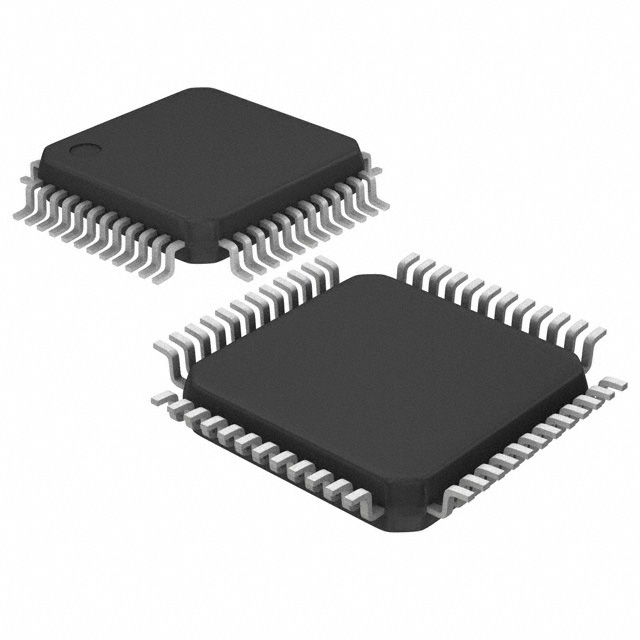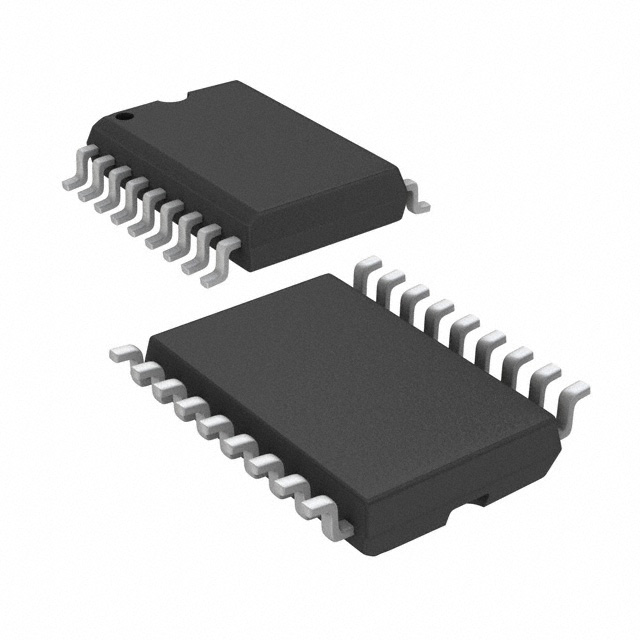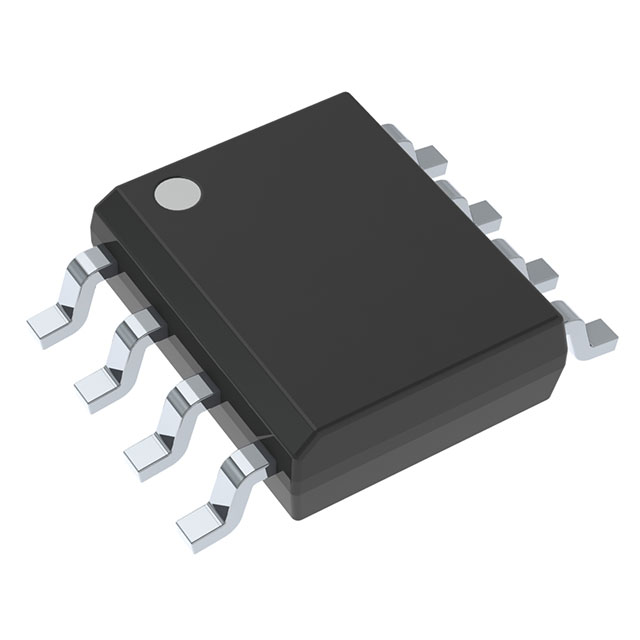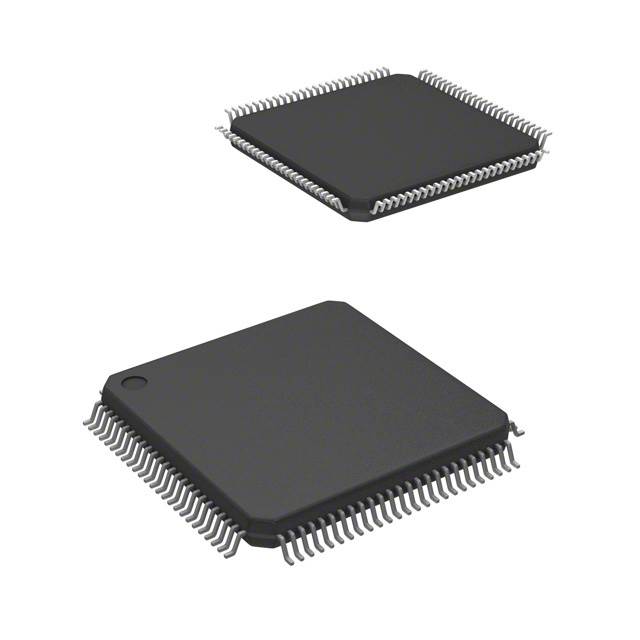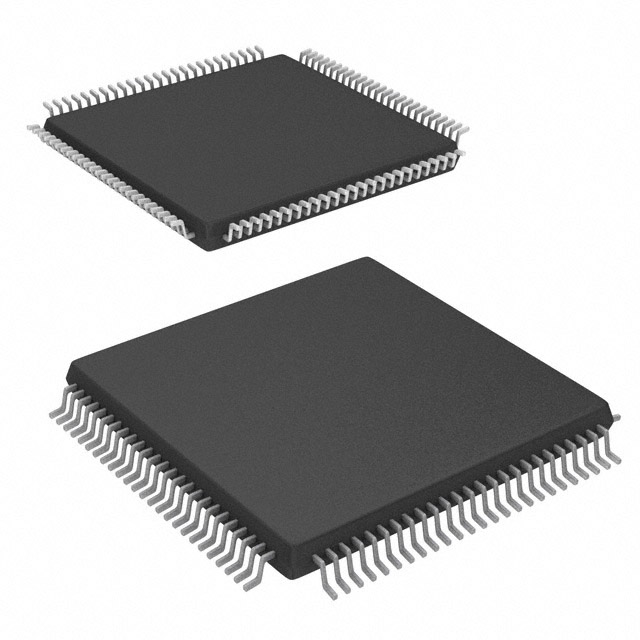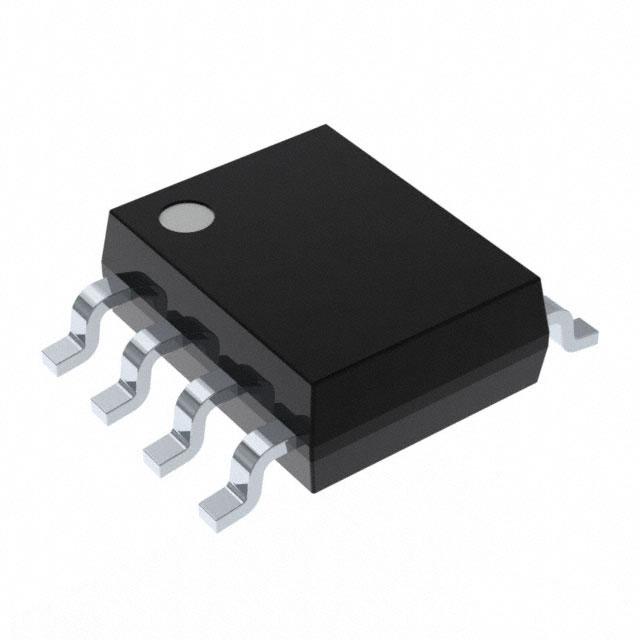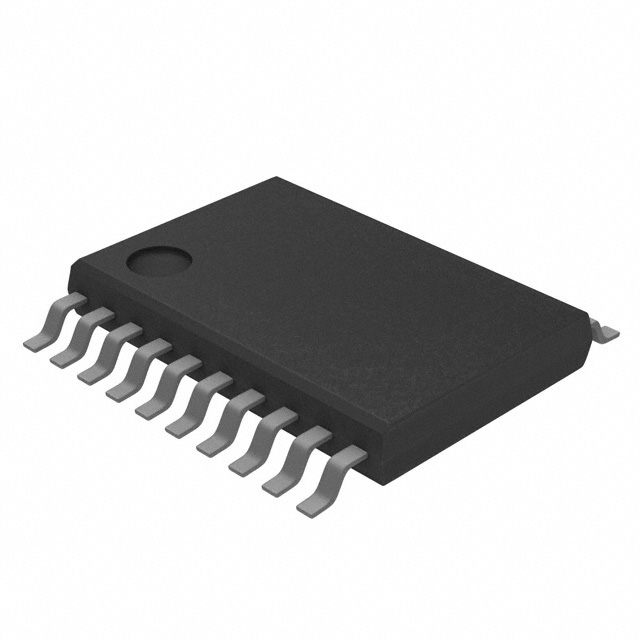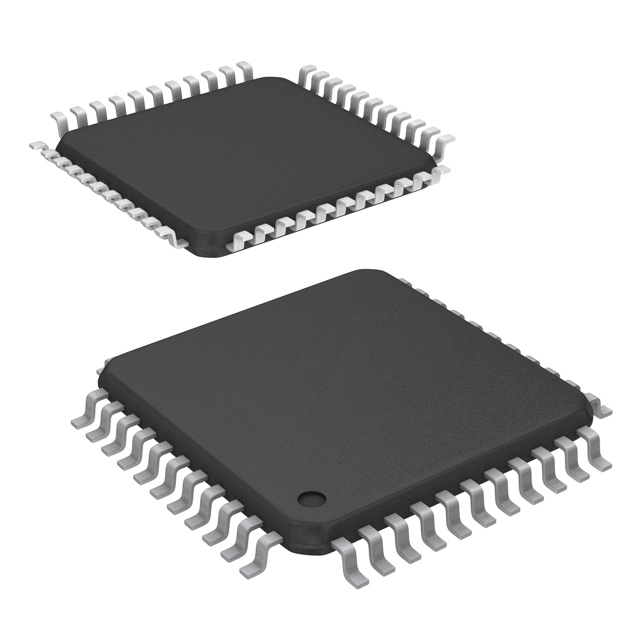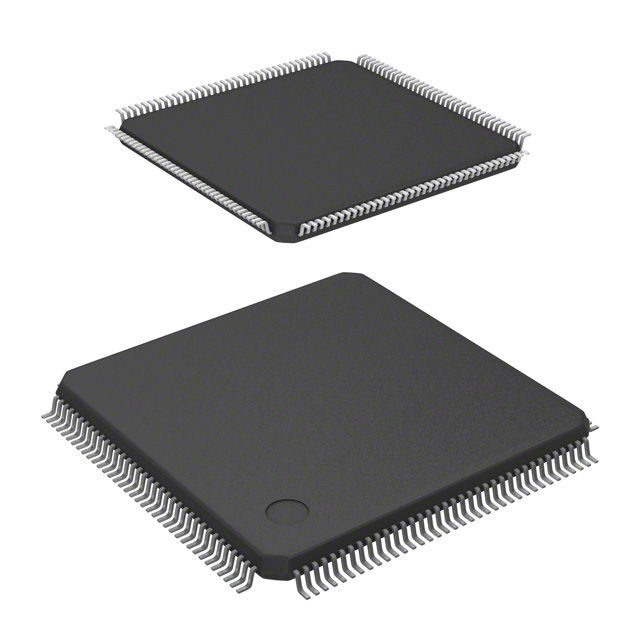

How Capacitors and Inductors Differ in Electrical Circuits
Catalog
What Are a Capacitor and an Inductor?Difference Between Capacitor and InductorTypes of Capacitors and InductorsRelationship Between Voltage (V) & Current (I) in a Linear CircuitCharacteristics of Capacitors and InductorsConclusionFrequently Ask QuestionsCapacitors and inductors are both key electrical components used to resist changes in current within electrical and electronic circuits. As passive components, they absorb power from the circuit, store it, and then release it. Both are widely used in alternating current (AC) applications and for signal filtering.
The primary difference between a capacitor and an inductor is how they store energy. An inductor stores energy in a magnetic field, while a capacitor stores energy in an electric field.
This article explores the basics of capacitors and inductors, their differences, types, uses, and key characteristics.
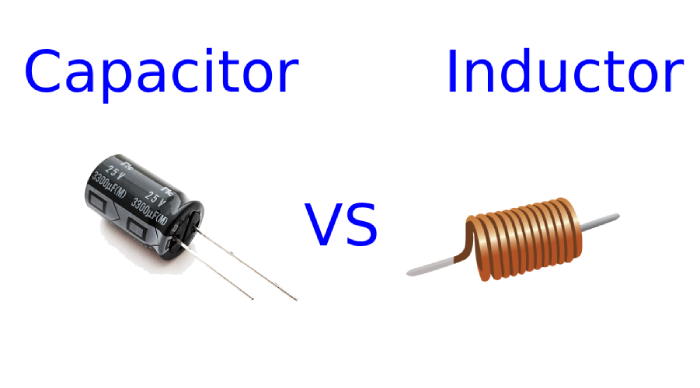
capacitor vs. inductor
What Are a Capacitor and an Inductor?
A capacitor is an electrical component consisting of two conductors separated by an insulating material, known as a dielectric. When a potential difference is applied across its terminals, an electric field is generated, allowing it to store electrical charges. Capacitors are commonly used in electronic circuits due to their ability to store energy in an electric field.
The dielectric material in a capacitor can be any non-conducting substance, though materials like Teflon, Mylar, porcelain, mica, and cellulose are often preferred. A capacitor is defined by the choice of both its electrode material and dielectric material. The dielectric helps in storing electrical energy. The capacitance value of a capacitor depends on the size of the terminals, the distance between them, and the type of dielectric used.
For more information, check out this: Types of Capacitors and Their Applications
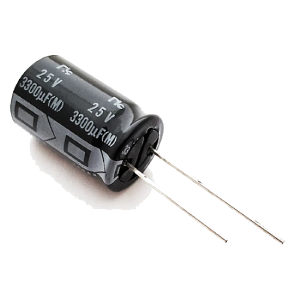
capacitor
An inductor, also known as a coil or choke, is a two-terminal device commonly used in various circuits. The primary function of an inductor is to store energy in a magnetic field. It typically consists of a wire, which is usually wound into a coil. When current flows through the coil, the inductor temporarily stores energy in the form of a magnetic field.
For direct current (DC), an inductor acts like a short circuit, allowing current to flow freely. However, for alternating current (AC), it creates opposition to the flow of current, with the degree of opposition depending on the frequency of the AC. The inductor’s resistance to current flow is related to the frequency of the alternating current passing through it.
Because of their physical structure, inductors are often referred to as "coils," as they are primarily made up of coiled sections of wire.
For more detailed information, please follow the link to learn all about inductors and how to calculate inductance: [Know All About Inductors and Inductance Calculation].

Inductor
Difference Between Capacitor and Inductor
Capacitor Uses:
- High Voltage Electrolytic Capacitor: Used in power supplies, particularly for high-voltage applications.
- Axial Electrolytic Capacitor: Smaller size and used in lower-voltage applications, typically where high capacitance is needed.
- High Voltage Disk Ceramic Capacitor: Compact size with excellent tolerance characteristics, often used in high-voltage environments.
- Metalized Polypropylene Capacitor: Small size, suitable for values up to 2µF, and known for good reliability.
- Surface Mount Capacitor: Features high capacitance for its size, achieved by stacking multiple layers of capacitors in parallel.
Inductor Uses:
- AC Applications: Inductors are widely used in AC systems, including devices like TVs and radios.
- Chokes: Inductors are key components in power supply circuits, where they are used to filter and convert AC mains power to DC.
- Energy Storage: Inductors are used in applications such as automobile engines to create sparks that ignite fuel.
- Transformers: When inductors with shared magnetic fields are combined, they form transformers, which are essential in power distribution.
Unit of Measurement:
- Capacitance: Measured in farads (F), which is equivalent to [Ampere-second Volt]. This can also be expressed as F = CV (Capacitance = Charge × Voltage).
- Inductance: Measured in Henries (H), which is the SI unit of inductance. It is equal to [Volt-second / Ampere].
Types of Capacitors and Inductors
- Capacitors: Major types include ceramic, tantalum, and electrolytic capacitors.
- Inductors: These also come in different varieties, including air-core, iron-core, and ferrite-core inductors, each with specific applications based on their magnetic properties.
The major types of inductors are classified into several categories, including:
- Multilayer Inductors: These inductors are constructed by stacking multiple layers of wire coils on top of each other. They are commonly used in applications where space is limited, as they offer high inductance in a compact design. Multilayer inductors are often used in RF circuits and filters.
- Coupled Inductors: These inductors are designed with multiple coils that are magnetically coupled to each other. They are frequently used in applications like transformers and energy storage systems, where the inductors need to share energy between coils. Coupled inductors are also used in DC-DC converters.
- Molded Inductors: These inductors are encased in a molded plastic or resin housing, which helps protect them from external environmental factors like moisture or dust. Molded inductors are often used in power supplies, telecommunications, and automotive applications.
- Ceramic Core Inductors: These inductors use a ceramic material as the core, which offers high resistance to temperature changes and magnetic saturation. Ceramic core inductors are ideal for high-frequency applications, including signal processing and RF systems. They are often used in circuits where stability and reliability are crucial.
Each type of inductor has unique characteristics that make it suitable for specific applications, depending on the requirements for size, frequency range, and environmental conditions.
Relationship Between Voltage (V) & Current (I) in a Linear Circuit
- In a Capacitor: The voltage across a capacitor lags the current by π/2. This means that the voltage response takes longer to develop than the current. In other words, the capacitor "insulates" or resists changes in voltage as the current flows through it.
- In an Inductor: The voltage across an inductor lags the current by π/2 as well, but the relationship is different from a capacitor. This means that the voltage changes after the current has already flowed through the inductor.
Short Circuit Behavior:
- Capacitor and AC: For alternating current (AC), a capacitor behaves like a short circuit at very high frequencies (where the impedance is very low). At low frequencies, it offers higher impedance.
- Inductor and DC: For direct current (DC), an inductor behaves like a short circuit once the current is established, as its impedance decreases over time in a steady-state DC condition. Initially, it resists sudden changes in current.
Characteristics of Capacitors and Inductors
- Capacitors in Parallel: When capacitors are connected in parallel, their total capacitance is the sum of the individual capacitances, similar to how resistors in series add up.
- Capacitors in Series: When capacitors are connected in series, their total capacitance is calculated using the inverse sum, similar to how resistors in parallel combine.
- Inductors in Parallel: When inductors are connected in parallel, their total inductance is calculated like resistors in parallel (using the inverse sum rule).
- Inductors in Series: When inductors are connected in series, their total inductance adds up, just like resistors in series.
Conclusion
This article explains the main differences and characteristics of capacitors and inductors in electrical circuits. Capacitors and inductors are fundamental components with specific behaviors in AC and DC circuits. By understanding their unique properties, you can design circuits more effectively and troubleshoot issues related to energy storage, filtering, and impedance matching.
Question for You:
What are the main functions of a capacitor and an inductor in electrical circuits?
Frequently Ask Questions
Why choose an inductor over a capacitor?
Inductors resist changes in current, while capacitors are designed to store and release energy more easily with voltage changes. If you're dealing with a fluctuating voltage (like a sine wave), a capacitor is more likely to pass it through, while an inductor is more likely to block it. On the other hand, for a steady DC voltage, an inductor will allow it to pass, while a capacitor tends to block it.
What’s the difference between a capacitor and an inductor?
Both capacitors and inductors store energy from a voltage source, but they do so in different ways. A capacitor stores energy in an electric field, while an inductor stores energy in a magnetic field.
Do inductors function like capacitors?
Inductors and capacitors are both passive components that store energy – one in a magnetic field and the other in an electric field. While both behave similarly in terms of energy storage, their responses to electrical signals are quite different.
Can an inductor give you a shock?
Yes, an inductor can cause a shock. When the inductor releases stored energy, it can create a high voltage at the circuit's breakpoint, leading to a shock or even an arc. A short circuit in the inductor can also release this energy as a large current, potentially damaging the circuit or injuring anyone nearby.
Does a capacitor supply more power?
A capacitor doesn’t generate power; instead, it helps maintain a steady supply of power that’s already available by smoothing out voltage fluctuations.
What is the main use of an inductor?
Inductors are commonly used in electrical and electronic devices for tasks like filtering high-frequency noise, blocking unwanted signals, and transferring energy in power conversion systems (such as DC-DC or AC-DC converters).
What are the disadvantages of capacitors?
Capacitors, including super-capacitors, are light, have long lifespans, and can deliver quick bursts of power. However, their major limitation is their relatively low energy storage capacity and the fact that they can only discharge energy for short durations.
Are inductors used for AC or DC?
Inductors are most commonly used in AC circuits, especially in radio equipment, where they help block AC while allowing DC to pass. Inductors used for this purpose are often called "chokes."
Why choose an inductor instead of a capacitor?
Capacitors are more commonly used because they’re smaller and store energy more efficiently for voltage-based applications, while inductors are particularly essential for applications like switch-mode power supplies (DC-DC power conversion), where the management of current flow is critical.
Subscribe to JMBom Electronics !



